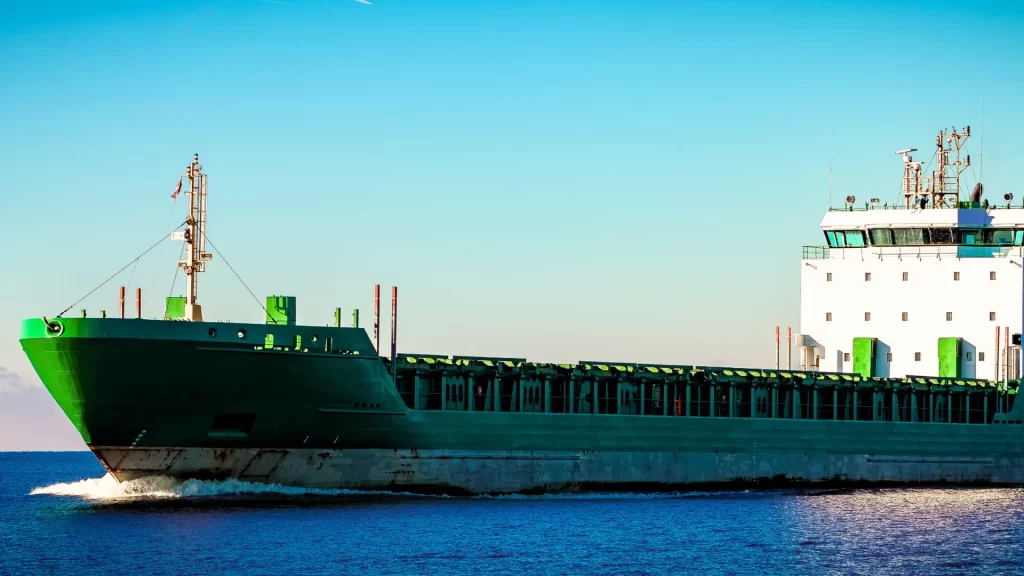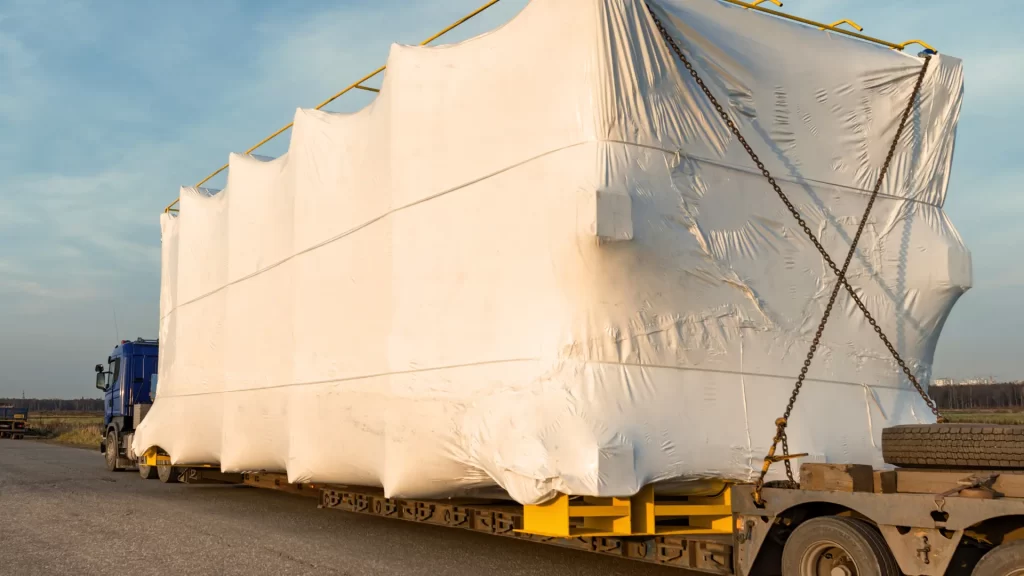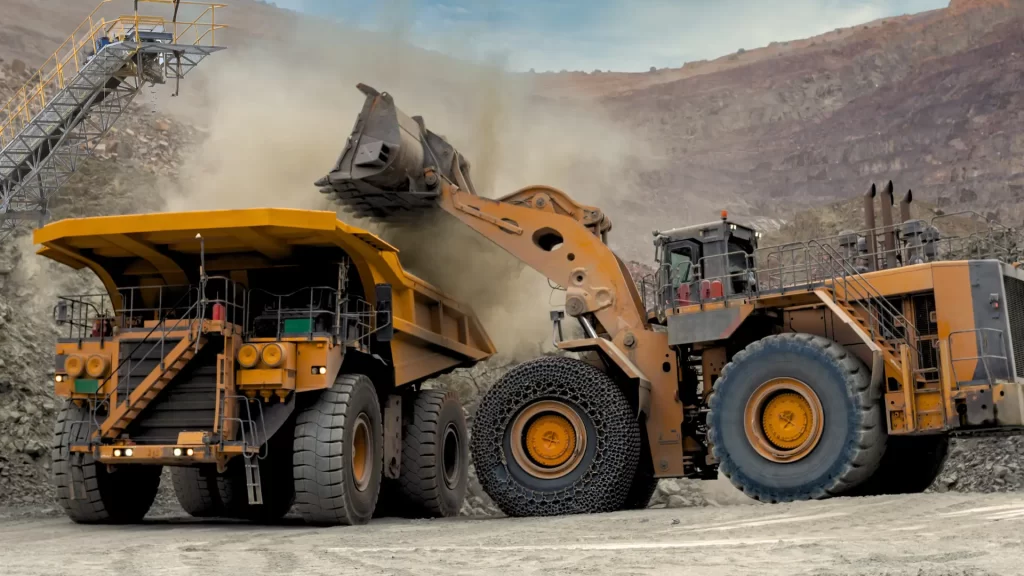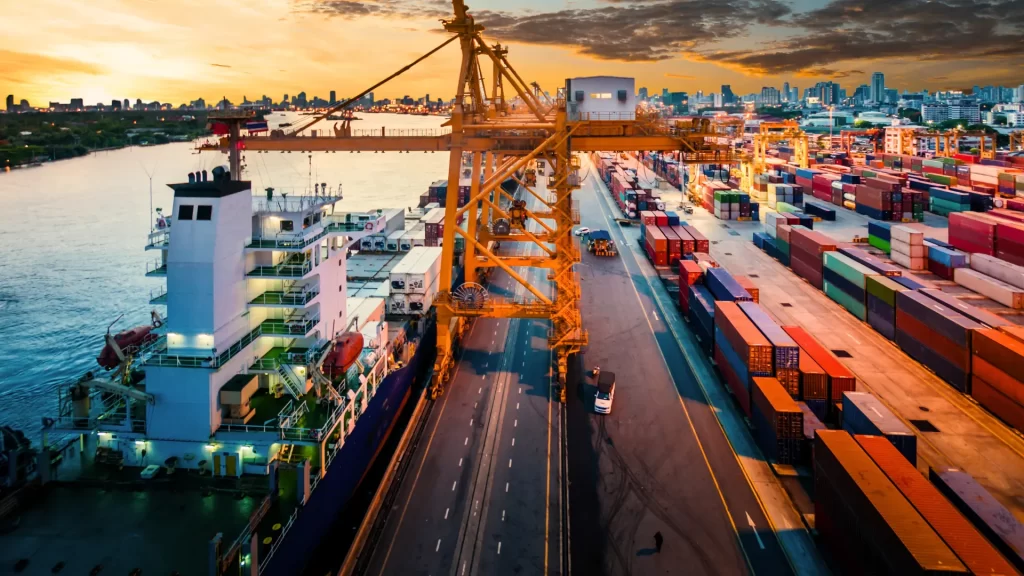Building on our previous article, “Break Bulk Shipping: The Essential Guide for Oversized Cargo in Australia,” this piece explores break bulk cargo shipments in more detail. While our last article provided a good overview, handling these unique shipments can be quite different.
Break bulk cargo is different from general cargo, which is usually packed in standard containers. It refers to individual items that are simply too big or heavy for container shipping. Think of huge mining equipment, luxury yachts, or even entire wind turbine blades. This size flexibility, however, brings its own set of challenges.

Challenges of Break Bulk Cargo:
- Special Handling: Firstly, break bulk cargo is often large and heavy, so it needs special equipment. It also requires trained professionals to load, unload, and transport it safely.
- Risk of Damage: Secondly, break bulk cargo is more likely to get damaged during the journey. Therefore, careful planning and secure packing are essential to make sure your cargo arrives in good shape.
- Documentation Headaches: Thirdly, each port and country has different rules and permits for break bulk cargo. As a result, dealing with the paperwork can be tricky and time-consuming.
Despite these challenges, break bulk cargo offers distinct advantages:
- Oversized & Odd-Shaped Cargo: Break bulk is great for oversized or oddly shaped items that won’t fit in standard containers.
- No Assembly Required: Unlike containerised shipping, where goods might need to be taken apart and put together again, break bulk cargo arrives ready to use at its destination port.
- Smaller Ports, Bigger Opportunities: Many smaller ports lack the facilities for containerised cargo. Break bulk lets you reach these ports and grow your business.
Although break bulk has its advantages, higher costs and possible delays compared to containerised shipping require careful planning. Therefore, to optimise your break bulk cargo logistics in Australia, consider these tips:
- Partner with a Break Bulk Expert: Partnering with an experienced freight forwarder can save you time, money, and stress. They handle complex permits and routes, ensuring your cargo arrives safely.
- Plan Cerefully: Begin with accurate cargo measurements and choose the best route. Good planning certainly ensures a smooth journey for your oversized shipment.
- Use Proper Packaging: Custom packaging can greatly reduce the risk of damage during transit. Don’t skip this important step.
- Communicate Clearly: Clear communication with everyone involved, from the manufacturer to port authorities, helps prevent delays and keeps everyone informed.
Optimising Break Bulk Cargo Logistics
"What are the key considerations for optimising break bulk cargo logistics?"
Here are some key points to help you optimise your break bulk logistics for a smooth and cost-effective journey.
1. Packing Like a Pro: Knowing Your Cargo
Before your oversized cargo starts its journey, you need to know it well. So accurate measurements of your cargo’s size and weight are crucial. This helps load it efficiently onto the vessel, using space wisely and reducing the risk of damage. It’s like fitting multi-ton machinery into a game of Tetris!

Proper packaging is essential for reducing risk. Therefore, use strong materials like steel straps and weatherproof covers to protect your cargo during transit. Think of it as a life jacket for your precious goods!
Also, don’t forget the paperwork. Proper labeling and documentation are key to a smooth customs process. Think of it as your cargo’s passport – it needs the right stamps to travel without issues.
2. Choosing the Perfect Ship: Size Matters (and Equipment Too!)
Not all ships are the same, especially for break bulk cargo. So, when picking your vessel, think about its size and capacity. Will your large windmill fit easily, or will it be a tricky game on the deck?
Another important factor is specialised equipment. For example, does the ship have strong cranes to lift your big mining truck? Without the right equipment, loading and unloading can be very difficult.
Finally, check the route and port facilities. For instance, is the route direct, or will your cargo move from port to port? Also, are the start and end ports set up to handle break bulk cargo well? Do your research – you don’t want your valuable cargo stuck in a logistical mess!
3. Port Power: Picking the Right Partner
Choosing the right port is just as important as picking the right ship. So, find ports with the right facilities and expertise for handling your break bulk cargo. Imagine a port with cranes made for heavy loads – that’s what you need!
Also, good communication is key. Clear and regular talks with port authorities, stevedores, and other partners help ensure everything goes smoothly.
4. Risk Management: Planning for the Unexpected
Even the best plans can hit bumps along the way. That’s why having a risk management plan is essential. Proper insurance for your cargo protects you from financial losses if damage or unexpected events occur.
Real-time tracking and monitoring solutions give you peace of mind. Knowing where your cargo is and its condition helps you act quickly if any issues arise.
Finally, a solid contingency plan helps you deal with delays or disruptions. Think of it like a map for rough seas – it guides you through challenges and helps your cargo reach its destination safely.
Legal and Regulatory Compliance

Navigating break bulk shipping in Australia involves following specific rules. For example, customs and quarantine regulations are very important. In addition, port authorities and environmental permits add to the paperwork. As a result, it can feel overwhelming. Therefore, failing to comply can lead to big fines, delays, or even having your cargo seized. So, it’s crucial to work with experienced professionals who know the local rules well.
Insurance: Your Safety Net
Since break bulk cargo is very valuable, insurance is essential. Moreover, you need a good marine cargo insurance policy. Also, think about extra coverage for things like war risk, terrorism, and equipment breakdown. If you’re underinsured, you might face major financial losses, especially if there’s damage or loss.
Port Congestion and Delays
Australia’s major ports can handle break bulk cargo, but they sometimes get crowded. This often happens during busy shipping periods. As a result, you might face unexpected delays. To avoid this, consider using alternative ports. Also, flexible delivery dates and real-time cargo tracking can help. Building strong relationships with port authorities can make the process smoother.
Sustainability and Corporate Responsibility
Sustainability is becoming more important to both consumers and businesses. Therefore, think about the environmental impact of your break bulk shipment. For example, you might look into fuel-efficient ships and eco-friendly packaging. Also, carbon offset programs can be useful. By showing your commitment to sustainability, you can improve your brand’s reputation.
Common Types of Break Bulk Cargo in Australia
Australia’s large and varied industries produce a wide range of break bulk cargo. Some common types include:
- Mining Equipment: Massive excavators and haul trucks are key items from the mining industry.
- Agricultural Machinery: Harvesting equipment, tractors, and irrigation systems often need break bulk transport due to their size.

- Renewable Energy Components: Wind turbine blades, solar panels, and other renewable energy gear are increasingly transported.
- Oil and Gas Equipment: Large machines and parts for the oil and gas industry are often shipped this way.
- Construction Materials: Oversized steel structures, prefabricated buildings, and heavy machinery for construction projects also fall into this category.
Major Australian Ports for Break Bulk Cargo
Australia’s coast is lined with ports that can handle break bulk cargo. Each port has its own strengths and specializations. For example:
- Port of Brisbane: This is a key hub for Queensland’s mining and farming industries. Brisbane manages a large amount of break bulk cargo.
- Port of Melbourne: As Australia’s busiest port, Melbourne has extensive facilities. Therefore, it handles oversized and heavy cargo effectively.
- Port of Sydney: With its prime location, Sydney serves as a major gateway. It is especially important for break bulk shipments in New South Wales and beyond.
- Port of Fremantle: This is Western Australia’s main port and handles a lot of break bulk cargo. It is mainly connected to the mining and resources sector. Moreover, Fremantle’s location and deepwater berths make it a key gateway for the state’s export industries.

Optimising break bulk cargo logistics is key to ensuring a smooth, efficient, and cost-effective shipping process. By planning your cargo carefully, you can boost efficiency. Choosing the right vessel and port is also very important. Additionally, using strong risk management strategies helps tackle challenges. As a result, you will manage oversized cargo with confidence.
Remember, break bulk shipping is a specialised field. If you’re unsure about any part of the process, getting expert advice is important. GenFreight is a skilled break bulk shipping agent. With a solid track record, we handle oversized cargo in Australia well. Our team is here to help with all your break bulk logistics needs. So, contact us today to discuss your project and explore our solutions.
